
S p A c E
A downloadable blog-game
//////////////////////////////////////////////////////////////////////////////////////////////////////////////////////////
This is a Game About the concept of "Space" within computer.
Tools and Resources
Unity, C#, VS2022, Aseprite, Capcut, Microsoft Word, Photoshop
Model:
https://assetstore.unity.com/packages/3d/environments/dungeons/dungeon-modular-p...
Font:
https://timothyqiu.itch.io/vonwaon-bitmap, https://hyphahypha.com/
Video:
www.youtube.com/watch?v=I8-YbI98ikk, Arrival of a Train at La Ciotat (The Lumière Brothers, 1896), Fantasmagorie (Émile Cohl, 1908), La Fée aux Choux (Alice Guy, 1896)
Audio:
https://pixabay.com/sound-effects/ambient-noise-236388, https://pixabay.com/sound-effects/blue-noise-by-digitalspa-250234, https://pixabay.com/sound-effects/school-crowd-indonesian-244632/
Credits
Zishu Ning: Producer/Artist/Programmer/Designer
Zirongtai Li: Artist/Designer
Zihe Song: Artist/Designer
Download
Click download now to get access to the following files:
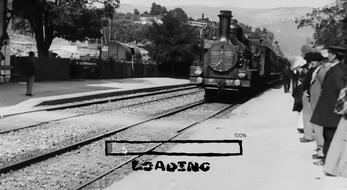
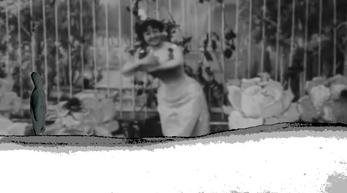
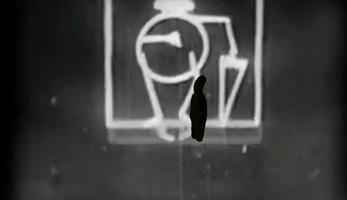
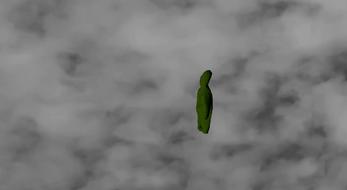
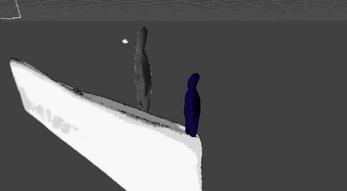
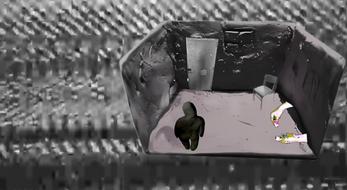


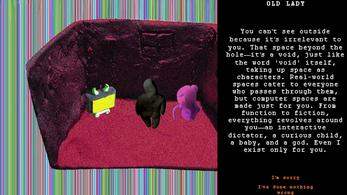
Comments
Log in with itch.io to leave a comment.
.rar is insane lol this game rocks
looks like Hylics 2, Absolutely goated!!!
HERES THE FIRST PLAYER...(→ܫ←)